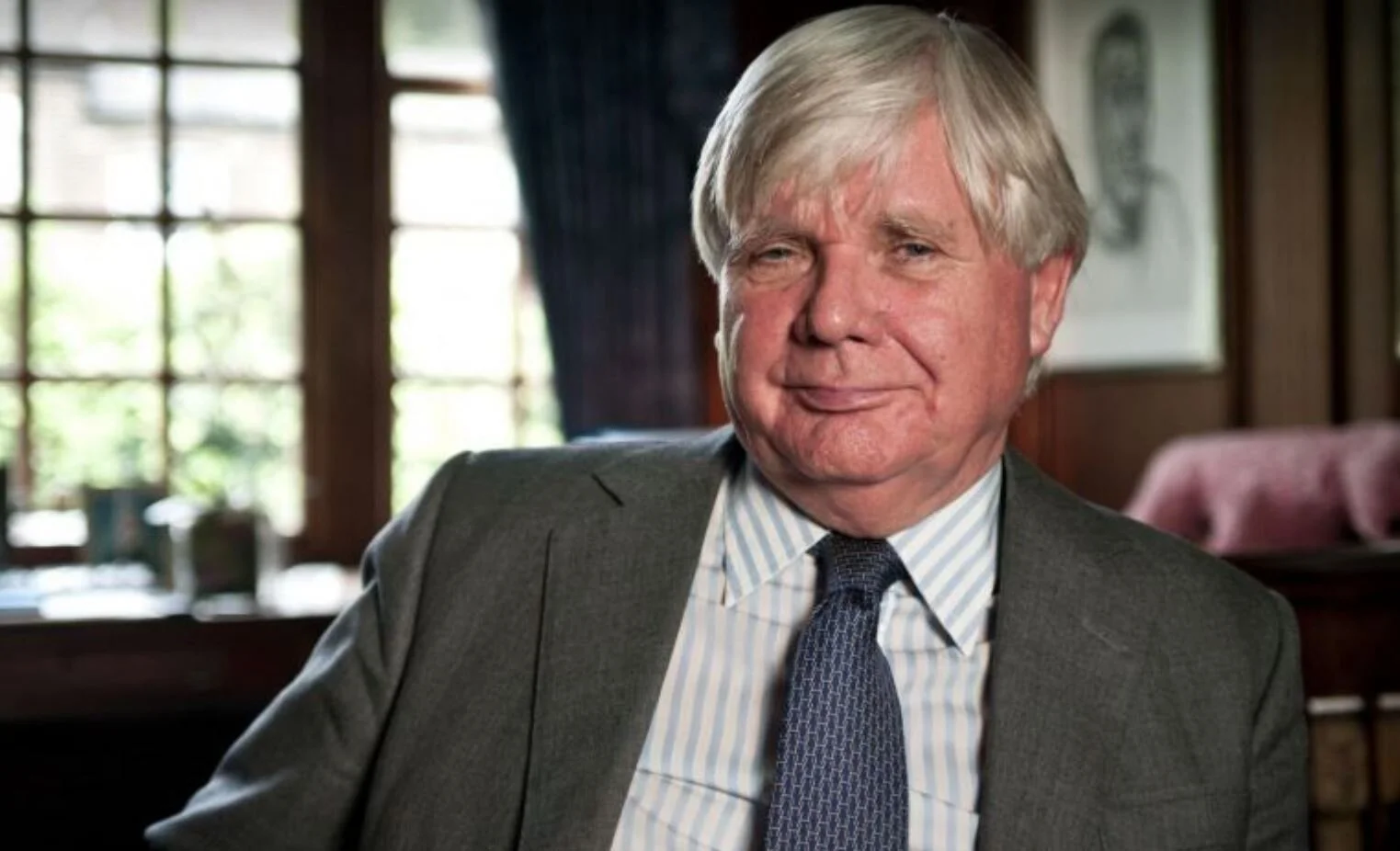The building group has set up donation points at all its properties to help support frontline medical staff battling to quell the coronavirus
Harcourt Developments which owns regional shopping centres around the country, has set up donations points at each of its properties to support hospital patients and frontline medical staff during the Covid-19 crisis.
The group has put out donation trolley at their shopping centres where shoppers can leave toiletries for patients or staff at their local hospitals, after realising that both were short on everyday items due to the restrictions on visits during the pandemic.
Harcourt operates shopping centres in Laois, Letterkenny, Donaghmede in Dublin, Parkway in Limerick, Longwalk in Dundalk and Galway Shopping Centre.
Several deliveries of donations have already been made to Beaumont and Blanchardstown hospitals in Dublin and to Letterkenny Hospital, Galway and Limerick University Hospitals and the Midland Regional Hospital in Portlaoise.
“The outpouring and generosity from the public has been fantastic, and the donations received at the hospitals have been greatly appreciated,” Gerry Comaskey of Harcourt Developments said.
“One small donation can go a long way to helping hospital staff and patients feel somewhat human in these difficult times. I’d like to thank all of our staff in the centres for running and supporting this campaign and working everyday to provide a safe and efficient shopping experience for our customers - it is very much appreciated.”
Founded by Donegal developer Pat Doherty, Harcourt has built multimillion-euro commercial and residential projects for several decades.
Doherty was also painted by the late artist Lucien Freud, for a work called Donegal Man. He got to know Freud through his friend Andrew Parker Bowles; the former husband of Camilla Parker Bowles is a longtime director of Harcourt Developments. Doherty reluctantly agreed to sit for the painting.
Doherty also built artist David Hockney’s London studio in the 1970s. It ignited his passion for art and he began to collect Hockney’s work.

